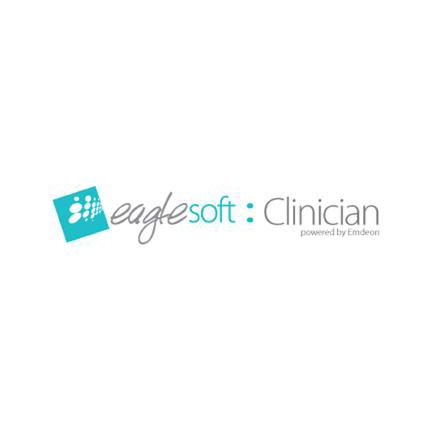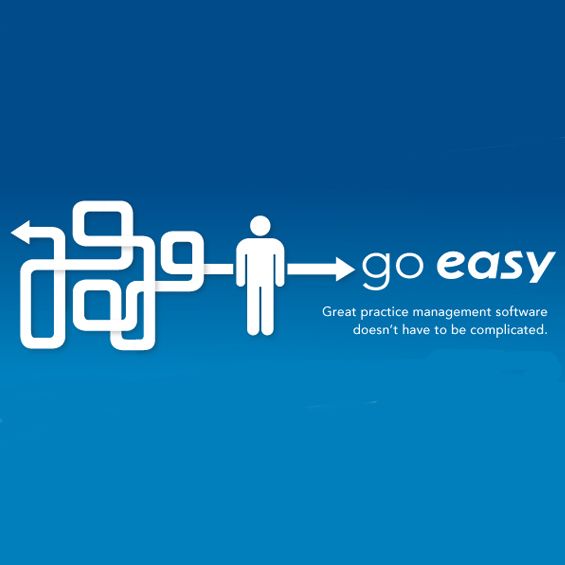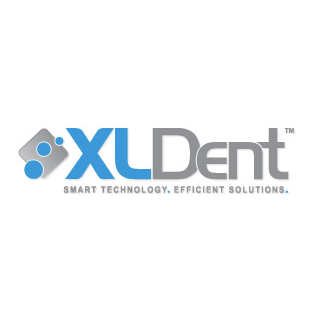Obamacare: 5 things every dentist needs to know about the Affordable Care Act
Confused by the Affordable Care Act? You’re not alone. The complexity of the new law has left many dental practitioners scratching their heads, wondering what they need to know and how it will affect their practice. With this in mind, DPR gathers 5 essential elements of the law that every dentist, office manager and dental office employee needs to know.
Confused by the Affordable Care Act? You’re not alone.
The complexity of the new law has left many dental practitioners scratching their heads, wondering what they need to know and how it will affect their practice.
With this in mind, DPR gathers 5 essential elements of the law that every dentist, office manager and dental office employee needs to know.
1. There is no stipulation for adult dental care in the new law.
Qualified health plans certified through the law are required to cover “essential health benefits.” And while children’s oral health services fall under this definition, stand-alone dental plans for adults do not.
The ACA requires consumers to purchase health plans that cover a wide range of services – from visits to a psychologist to breast pumps – but makes no mandate towards dental coverage.
While the law does stipulate for coverage of medically necessary orthodontics for children, it is mostly silent on dental coverage for adults, or how the new law affects dentists. All dental practices – even those that prefer not to offer pediatric dentistry – should expect a flood of requests for these services once the new law is in effect. In turn, mandated coverage for children may cause some parents to drop their own dental plans as a way to save money.
2. Your practice is probably eligible for small business health care tax credits.
Designed to help small employers afford the cost of health care coverage for their employees, the small business health care tax credit is specifically targets employers with low and moderate-income workers.
Since 2010, businesses that have fewer than 25 full-time workers, pay average annual wages below $50,000, and contribute 50% or more towards individual health insurance premiums have qualified for a small business tax credit of up to 35%. In 2014, this tax credit jumps to 50% and is available to qualified small businesses participating in the Small Business Health Options Program.
3. All employers covered by the Fair Labor Standards Act, which includes dental offices with employees, are required to provide each employee with a notice informing them of the new health insurance marketplace coverage options by Oct. 1.
Two notices are available here for printing – one for employers who offer health plans to employees, and another for those that do not.
In any case, be sure to check with your human resources manager and CPA to make sure you’re doing everything the new law requires of you.
4. The Affordable Care Act does not cut Medicare benefits.
While a majority of Americans believe this to be true, the ACA is actually expected to save the average Medicare recipient approximately $35,000 over ten years. And while Medicare still won’t cover routine dental care services like checkups and cleanings, coverage for “medically essential” dental services will remain unchanged.
5. The EHR Incentive Program rewards dentists for using certified EHR software and products.
The EHR Incentive Program encourages dental practices to adopt “meaningful use” EHR technology. The Certified EHR Technology Grant Program authorizes grants to manufacturers for offsetting the costs related to purchasing, leasing, and developing, and to dental practices for implementing EHR technology that’s designed to improve patient safety and reduce errors.
With this in mind, be sure to take advantage of the groundswell of certified EHR software that’s specifically designed to help you meet the requirements of the new law. Check out DPR’s recommended EHR products below, or view the government’s (very long) list of certified EHR solutions here.



